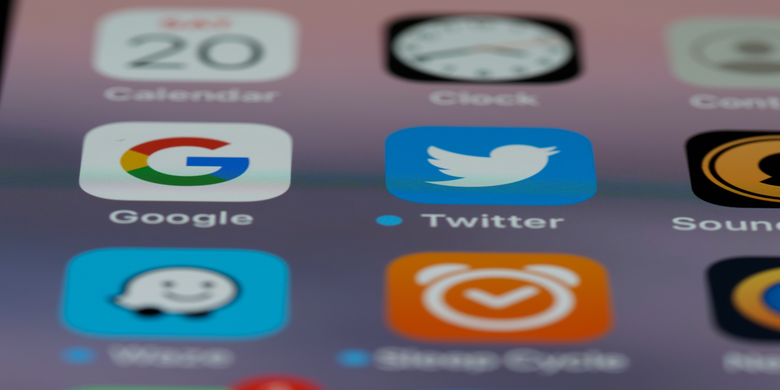
An effective apology – How to use B2B PR when saying sorry
Never mind saying it with flowers…brands need to work on saying sorry just with words! When corporations mess up, you hear about it in the press and on social channels but the topic often boils over due to the terrible excuses given and failure to take accountability. I’ve spent a considerable amount of time in both the UK and Japan where inhabitants are famous for saying sorry – even when the incident isn’t their fault! But brands the world over are often terrible at an effective apology – perhaps because they don’t want to look weak, see shares drop or lose customers. Often when they do issue an apology as a PR response, it either comes too late, doesn’t seem sincere or they shirk accepting full responsibility.
What is the point in brands saying sorry?
Saying sorry is really important in public relations if something you’ve done negatively impacts the bond of trust with your customers. An apology acknowledges that you’ve made an error of judgement and shows respect and empathy towards the person or persons you’ve wronged. By apologising, you show that you do care and are prepared to take responsibility for your actions. Saying sorry can also go a long way towards diffusing anger and providing reassurance that you don’t intend to repeat your error. The last point is key: the most important aspect of an apology is expressing that you will attempt to learn from your mistake.
What brands need to consider if they’ve made an error
Success in a B2B PR environment depends on relationship management. B2B relationships tend to be long-lasting and mutually beneficial dealings between vendors and customers which are built on trust. But where long-term relationships exist, mistakes are bound to occur because we are human – not computers. This is why apologising properly is so important to public relations: it will help repair the damage done and rebuild trust.
When brands apologise, they show a human side which customers connect with and appreciate. A good example of this is the recent apology from OVO Energy’s CEO after customers worried about rising fuel prices were emailed ridiculous advice to stay warm by cuddling pets and doing star jumps.
There are numerous things which can go wrong in a B2B environment from product or service failures to slow delivery times, from poor customer service to hidden costs. If you need to apologise, take some advice from Benjamin Franklin: “Never ruin an apology with an excuse”. The number one rule when making an apology as a PR response is to just say sorry without adding ‘but…’ or looking for a scapegoat.
Advice for B2B companies on how to apologise
When an organisation doesn’t apologise or gets an apology wrong, the fallout from social media channels like Twitter can do devastating reputational damage. So how should you go about it? Here are some points to bear in mind when apologising on behalf of your brand:
Importantly, don’t forget to involve your PR agency or consider contacting a B2B agency like EC-PR immediately if you need help making an effective apology. This is a form of crisis management and your agency will be able to offer advice on how to craft and convey your apology in the right way. Finally, take a look at our essential guide to crisis PR management.

Integrated PR Guide
Three steps to supercharge your business in 2023 with integrated PR and marketing.
Subscribe to our updates
Stay up to date with the latest insights, case studies, and PR guides.



